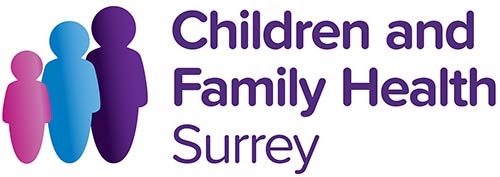Children need to understand ideas and words before they can use them.
Vocabulary includes:
- Names for objects (nouns) e.g. dog, tree, table, apple.
- Action words (verbs) e.g. drink, eat, walk, push.
- Concepts e.g. colours - red, blue, green
- Directions e.g. through, around
- Quantities e.g. few, many
- Time sequences e.g. first, last, next
- Time e.g. late, early
- Shapes e.g. round, square
- Size e.g. big, little
- Feelings e.g. happy, sad
- Textures e.g. rough, smooth
- Positions e.g. behind, in, on, under, top, bottom.
- Emphasise new vocabulary in meaningful ways e.g. 'peel' when peeling a banana.
- Use pictures and objects to introduce new words.
- Use short and simple language, so your child is more likely to understand the new word.
- Do not ask your child to repeat the words after you. If they do say the word, accept what they say, how they say it and give lots of praise for the attempt (the pronunciation is not important at this moment)
- Avoid asking 'what’s that?' Tell your child what the item is called.
- Use repetition. Children need to hear words many times before remembering them.
- Do not teach two related concepts at the same time e.g. 'in/out' when describing. Use 'in' and 'not in' until 'in' has been fully consolidated before focusing on another concept.
- Practically experience the vocabulary: look, draw, photograph, play with toy versions, make models.
- Use all kinds of picture-based activities to support vocabulary learning, e.g. games, books, posters.
- If you go out for the day, talk about what you can see. If possible take photos or draw pictures so you can go over the words later.
- Sort items into groups e.g. sort out piles of things you can eat or things you can wear.
- Make scrapbooks by topic, e.g. food, actions 'I can hop, jump'.

